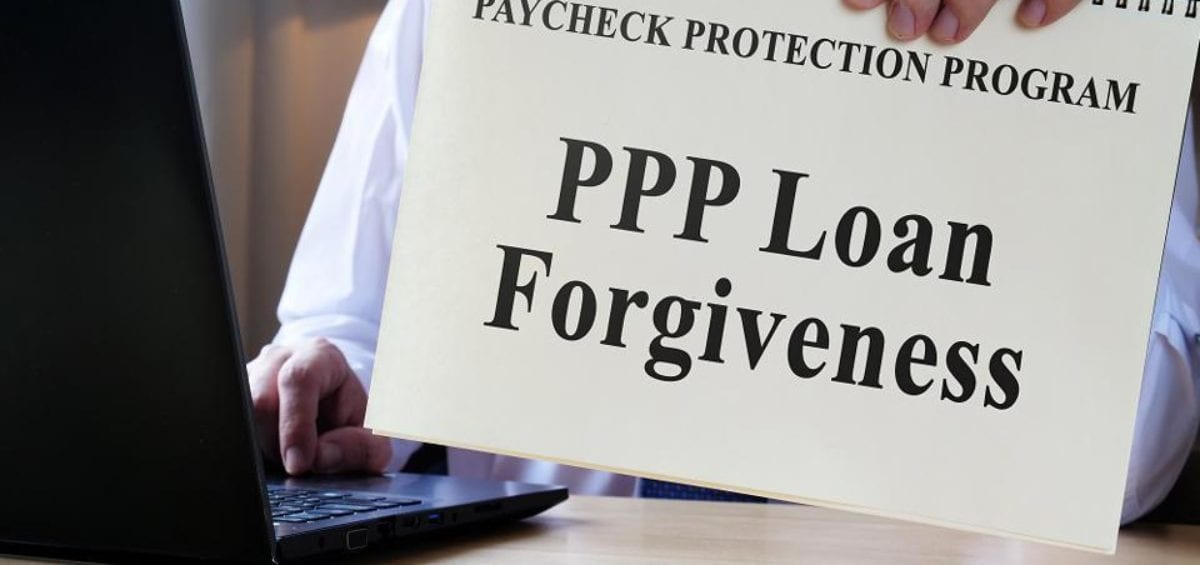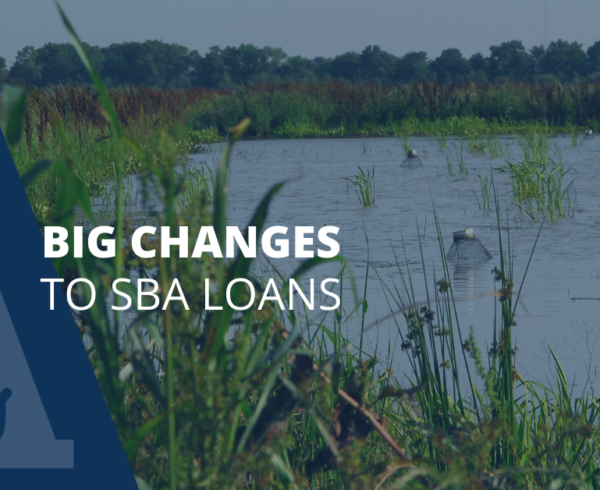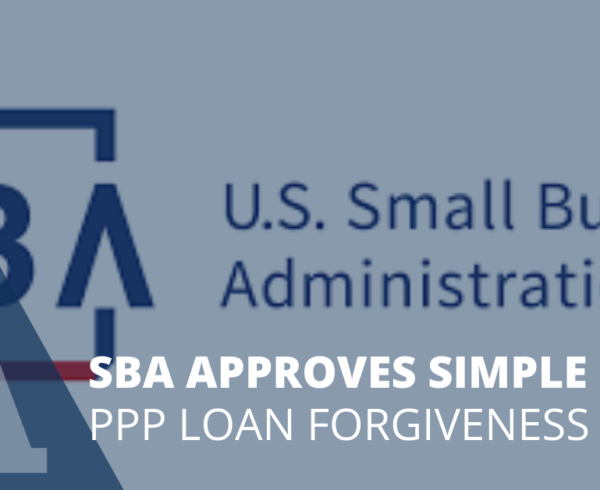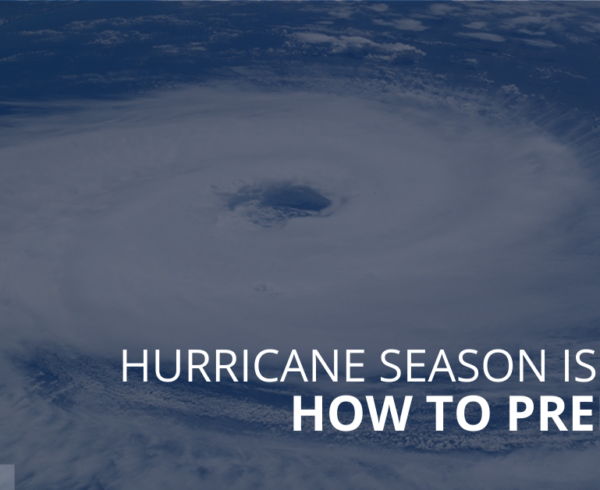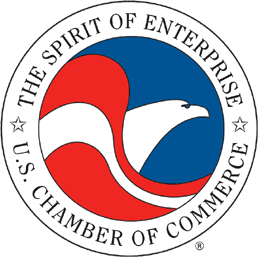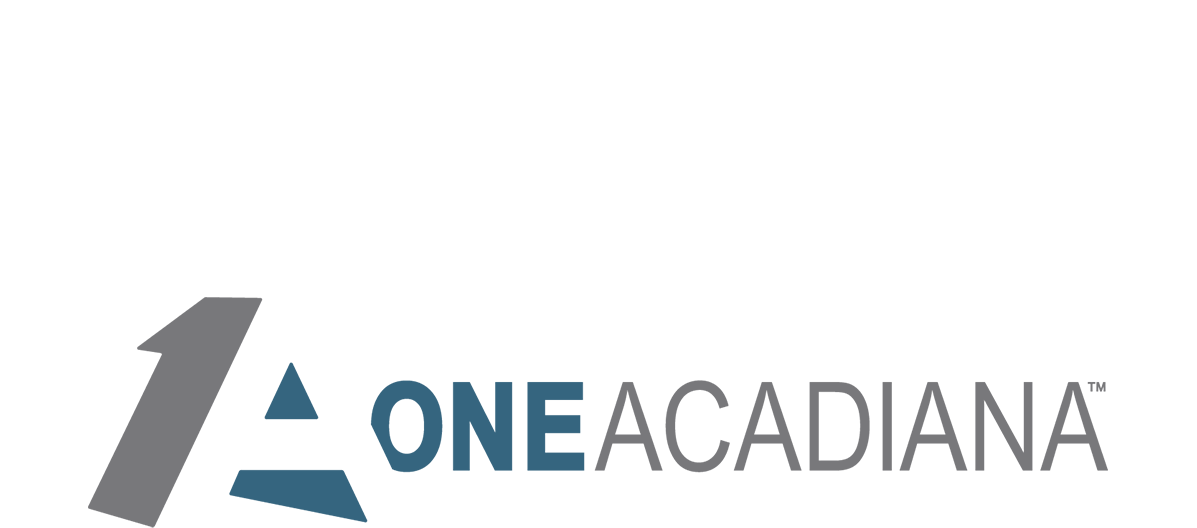On August 4, 2020, the Small Business Administration (SBA), in consultation with the U.S. Treasury Department, issued new guidance through Frequently Asked Questions (FAQs) aimed at helping Paycheck Protection Program (PPP) borrowers navigate maximum loan forgiveness.
The new PPP FAQs come as the August 8, 2020, deadline to apply for a PPP loan has recently passed, and as Congress and the White House negotiate a new Covid relief package expected to both simplify PPP loan forgiveness and create a new round of PPP loans.
Practically every lobbying group in Washington is urging Congress to allow borrowers of loans under $150,000 to simply self-certify, or “check the box,” they have used the loan money as intended, and allow borrowers to receive a second PPP loan if they can show year-over-year losses in revenue somewhere between 20% and 50%.Most PPP borrowers are now eligible to apply to have their loans forgiven and, in essence, converted into grants. Borrowers need to apply through their lenders using SBA forms or a lender provided application. The lender will have 60 days to review and approve the application before submitting it to the SBA, which will have 90 days to review it. The SBA may ask the lender or the borrower for additional information before making a determination to forgive all or a portion of the loan.
The following are the key questions and answers boiled down from the 10 pages of Treasury FAQs:

1. How do I submit my PPP loan forgiveness application?
In an effort to facilitate the process for sole proprietors, independent contractors, or self-employed individuals with no employees, the guidance explains you can use SBA Form 3508EZ or the lender equivalent. While Form 3508EZ is not quite a “check the box” scenario, it is far easier to understand than SBA Form 3508, which would likely require the assistance of a lawyer or CPA. The assumption here is that no employees, other than the owner, were used to calculate the amount of the loan on the front-end application.
The PPP FAQs also clarifies that all PPP lenders may accept scanned copies of signed loan forgiveness applications and documents containing the information and certifications required by SBA forms 3508, 3508EZ, or a lender equivalent. This avoids the need for any in-person meetings between borrowers and lenders.
2. Will I be responsible for payments of principal and interest while I wait for the PPP loan forgiveness decision?
The FAQs address a common question as to whether borrowers need to make payments while they await a forgiveness decision and will they be responsible for interest accrued during this period. The guidance makes clear the answer is no. As long as you submit a loan forgiveness application within ten months of the covered period and the loan is fully forgiven, you will not be responsible for any payments.
If, however, all or part of the loan is not forgiven, you will be responsible for repayment of that portion over the term of loan, now up to five years. And, yes, the interest accrued from the time of the disbursement of the loan on the amount not forgiven will also need to be repaid in this scenario. Your lender will notify you if a portion of your loan and interest needs repayment and when the first payment is due.
3. How do I determine which payroll cycles are included in PPP loan forgiveness?
Many borrowers remain confused about when payroll costs need to occur to count towards loan forgiveness. The short answer is if payroll is incurred during the covered period, but your usual payroll run occurs after the end of the covered period, it will still count towards forgiveness.
The FAQs provide the following example: A borrower received its loan before June 5, 2020, and elects to use a 24-week Covered Period. The borrower’s Covered Period runs from Monday, April 20 through Sunday, October 4. The borrower has a biweekly payroll cycle, with a pay period ending on Sunday, October 4. However, the borrower will not make the corresponding payroll payment until the next regular payroll date of Friday, October 9. Under these circumstances, the borrower incurred payroll costs during the Covered Period and may seek loan forgiveness for the payroll costs paid on October 9 because the cost was incurred during the Covered Period and payment was made on the first regular payroll date after the Covered Period.
Likewise, on the front end of the loan, if payroll expenses were incurred prior to the covered period, yet paid during the covered period, they are forgivable. You should note that under no circumstances can the covered period extend beyond December 31, 2020.
4. How do I calculate employee compensation for PPP loan forgiveness?
The next big question is what employee compensation is included in the forgiveness equation. First, the guidance clarifies that when calculating cash compensation, borrowers should use the gross amount before deductions for taxes, employee benefits payments, and similar payments.
Second, payroll compensation includes tips, commissions, bonuses, and hazard pay, but the maximum forgivable compensation is $100,000. The key takeaway here is the issue of hazard pay, which allows employers to additionally compensate employees during the Covid shutdown and have that compensation forgiven.
Third, expenses for group health care benefits paid by the employer, and not the employees, are considered payroll costs that are eligible for loan forgiveness. Again, payments for these benefits must occur during the covered period for forgiveness.
Fourth, employer contributions for employee retirement benefits that are paid or incurred by the borrower during the covered period are considered compensation and eligible for forgiveness. Retirement plan payments deducted from payroll or paid directly by employees are not forgivable.
5. How do I calculate the loan forgivable amount for compensation if I’m a sole proprietor, an independent contractor, or self-employed?
Despite the extension of the covered period from eight to up to 24 weeks, there remain questions on how to calculate the forgivable amount for sole proprietors, independent contractors, and self-employed individuals without employees.
Originally, forgivable compensation for this category was capped at $15,385. However, if the loan amount was calculated on $100,000 compensation, the borrower would have received $20,833. (This number is derived from a monthly compensation of $8,333.33 multiplied by 2.5, as proscribed for determining the loan amount.) The difference between $20,833 and $15,385 left a gap of roughly $5,000, and for many solopreneurs with little overhead, a rather sizeable loan amount to repay.
Recent regulations have fixed this issue by making the cap $20,833. So, for most borrowers, if the covered period is extended beyond eight weeks, they would easily meet this threshold without needing to include non-payroll expenses in the equation and have their entire loan forgiven.
The new guidance does stipulate that for borrowers who received loans prior to June 5, and who use an eight-week covered period, the cap will remain $15,835. Borrowers are also eligible for loan forgiveness for payments for employer state and local taxes paid by the borrowers and assessed on compensation, for employer contributions for employee health insurance, and for employer retirement contributions to employee retirement plans.
6. How do I calculate non-payroll costs for PPP forgiveness?
The PPP FAQs further explain how to calculate non-payroll costs for forgiveness. Like payroll, covered expenses for rent, mortgages, utilities, and interest on loans incurred prior to the covered period, yet paid during it, are forgivable. Likewise, if these expenses are incurred during the covered period, but the next payment cycle occurs after the covered period, those too will be forgivable.
Many borrowers have wondered if interest on unsecured credit was eligible for loan forgiveness. The guidance states that while payments of interest on business mortgages on real or personal property, such as an auto loan, are eligible for loan forgiveness, interest on unsecured credit is not eligible for loan forgiveness because the loan is not secured by real or personal property.
While interest on unsecured credit incurred before February 15, 2020, is a permissible use of PPP loan proceeds, this expense is not eligible for forgiveness.
7. How do I calculate PPP forgiveness if I had a reduction in workforce or wages?
The guidance attempts to address the complicated issue of having forgiveness reduced due to reduction in head count or the inability to rehire or hire new employees. As the PPP program was intended to keep workers on the payroll, originally you would be responsible for a reduction in payroll in excess of 25% of the loan amount. Recent regulations have changed this and the FAQs reiterate the following:
In calculating its loan forgiveness amount, a borrower may exclude any reduction in FTE employees if the borrower is able to document in good faith the following: (1) an inability to rehire individuals who were employees of the borrower on February 15, 2020; and (2) an inability to hire similarly qualified individuals for unfilled positions on or before December 31, 2020.
Further, you are required to inform your state unemployment insurance office if an employee rejects a rehire offer within 30 days of the rejection. All offers to rehire should be in writing and, if possible, written rejections of offers should also be in writing. Attempts to hire new employees should be in writing as well.
Finally, if you reduce the compensation of existing employees in excess of 25% of their salary, the amount over 25% will not be forgiven. This includes both salaried employees and hourly workers. For purposes of calculating the loan forgiveness reduction required for salary/hourly wage reductions in excess of 25%, you should only include the decrease in wages, and not include other forms of compensation, such as health care or retirement contributions.
Conclusion
While the new guidance sheds some light on the PPP forgiveness process, it does remain more complicated than is necessary. For the sole proprietors, independent contractors, and self-employed with no employees, the process and documentation should be straightforward, while the level of detail required will increase with the number of employees a business maintains.
Most payroll providers will issue reports in line with banks’ requirements, which should also streamline the process. The banks and the government want to forgive the maximum amount of loans possible, which will bring the greatest benefit to the economy; they are just requiring some bureaucratic hurdles to make that possible.
Follow the link below to view the article with accompanying photos and links:
https://www.forbes.com/sites/allbusiness/2020/08/07/treasury-issues-new-faqs-on-ppp-loan-forgiveness/#ae2c46a9c65d
Original article published by Neil Hare on forbes.com on August 7.


